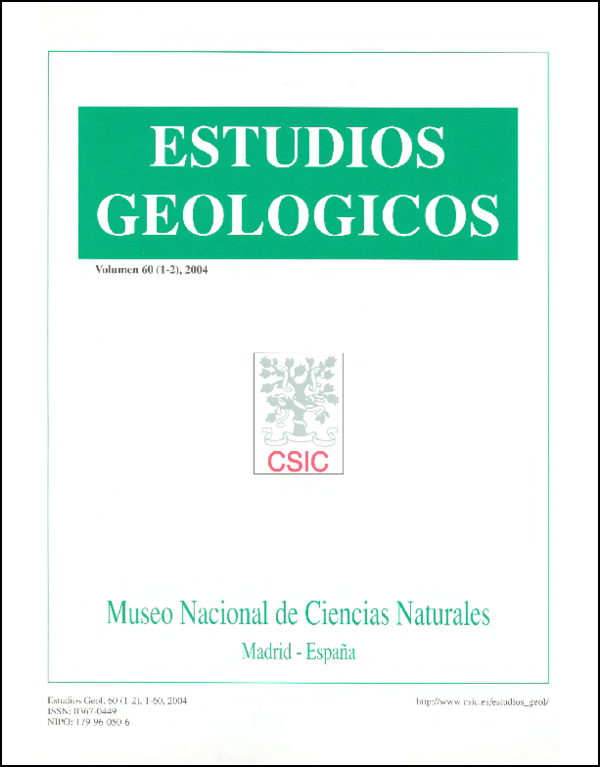Acumulaciones de restos óseos en reparos rocosos de las sierras de Tandilia oriental, Argentina
DOI:
https://doi.org/10.3989/egeol.04601-271Keywords:
Fosil Record, Taphonomy, Pampean RegionAbstract
This article is an approach to the processes that influence in the formation of the paleontological record in the hills of Eastern Tandilia Range (Pampean Region of Argentina). The associations of fossil remains and the bony assemblage of the current surface, both of rocky shelters, are compared. The agents of incorporation of bones to the shelters, the causes of natural and human alterations, and the indicators of stability of the fossil record are described. The diversity and specific richness, the quantity of deposited bony remains, and the quality of the record is analyzed. Its concludes that: in the rocky repairs of Eastern Tandilia the causes that generate bony accumulations presently are not analogous to those of the last 11,000 years. The only exception is the deposit of bones coming from pellets of rapacious birds. This lack of agreement is due to: the strong human influences in the formation of the fossil record that caused deposits with more quantity of bones and diversity of species in the present-day record. This last one, it is only conditioned by natural factors.
Downloads
Downloads
Published
How to Cite
Issue
Section
License
Copyright (c) 2004 Consejo Superior de Investigaciones Científicas (CSIC)

This work is licensed under a Creative Commons Attribution 4.0 International License.
© CSIC. Manuscripts published in both the print and online versions of this journal are the property of the Consejo Superior de Investigaciones Científicas, and quoting this source is a requirement for any partial or full reproduction.
All contents of this electronic edition, except where otherwise noted, are distributed under a Creative Commons Attribution 4.0 International (CC BY 4.0) licence. You may read the basic information and the legal text of the licence. The indication of the CC BY 4.0 licence must be expressly stated in this way when necessary.
Self-archiving in repositories, personal webpages or similar, of any version other than the final version of the work produced by the publisher, is not allowed.















